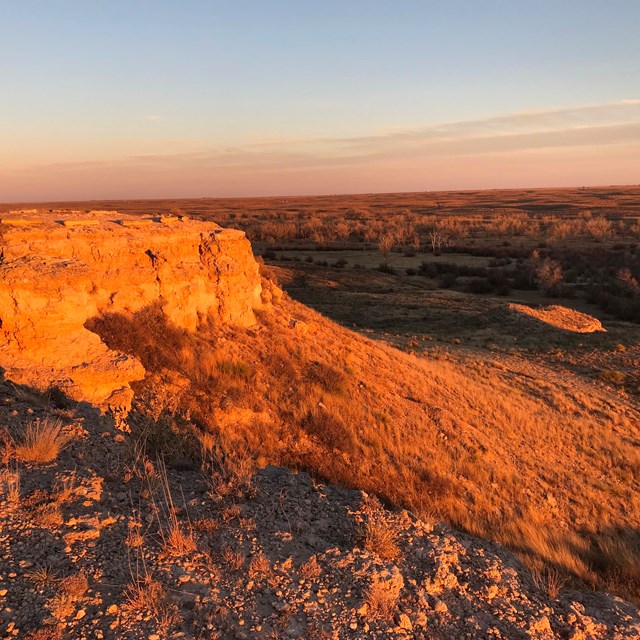Last updated: March 26, 2021
Article
Charles Curtis: The First American Indian to be Vice President of the United States

Photo/Library of Congress
When Charles Curtis was born in 1860, no one could have known that he was destined for a career in national politics. Nor that he would become the first with American Indian ancestry to hold the second highest office in the nation.
Curtis was 1/8th American Indian and a descendent of Kaw Chief White Plume and Osage Chief Pawhuska. Following the death of his mother, three-year-old Curtis went to live with his maternal grandmother on the Kaw Indian Reservation. The reservation was near Council Grove, Kansas, an important stop on the Santa Fe Trail.
His life was peaceful for a time, but in 1868 a group of neighboring Cheyenne and a small number of Kiowa and Arapaho warriors raided the reservation. The battle ended quickly but was the beginning of a period of great change for Curtis. As the US government prepared to remove the Kaw from their reservation to what’s now Oklahoma, young Curtis moved to Topeka, Kansas, to live with his paternal grandmother. There he became integrated into the white world.
In Topeka, Charles grew up to study law. At 21, he was admitted to the bar, soon rising to county attorney. In 1892 he gained national prominence with his election to the US House of Representatives. In 1907 he moved to the US Senate, becoming the first Republican whip with American Indian ancestry in 1915.
While in the legislature, many Native leaders hoped Curtis would look out for their interests. Curtis did advocate for US citizenship for all American Indians and was one of the first federal legislators to support women’s right to vote. He also supported the cultural assimilation of American Indians with white culture and authored the Curtis Act of 1898 to this end. The Curtis Act severely weakened tribal governments and aided the US government in dividing communal tribal lands. Policies such as these devastated the lifeways of many American Indians.
Still, Curtis was a popular politician at the time. In 1928 the Republican party chose Curtis to run as Herbert Hoover’s vice president. The US elected the duo for one term, from 1929 to 1933. Shortly after their election the economy crashed, and the Great Depression began. Like many of the administration’s relief policies, the duo’s bid for reelection failed. After this, Curtis retired from public office. Upon his death in 1936, his body was returned to his home in Kansas along the Santa Fe Trail.
References:
J. A. Stewart, “Senator Charles Curtis,” The Journal of Education 104, no. 11 (September 1926): 258.
Kansas Historical Society, “Charles Curtis,” Kansaspedia, https://www.kshs.org/kansapedia/charles-curtis/12029 (accessed 15 October 2020).
Lonnie J. White, “The Cheyenne Barrier on the Kansas Frontier, 1868-1869,” Arizona and the West 4, no. 1 (Spring 1962): 53-55.


